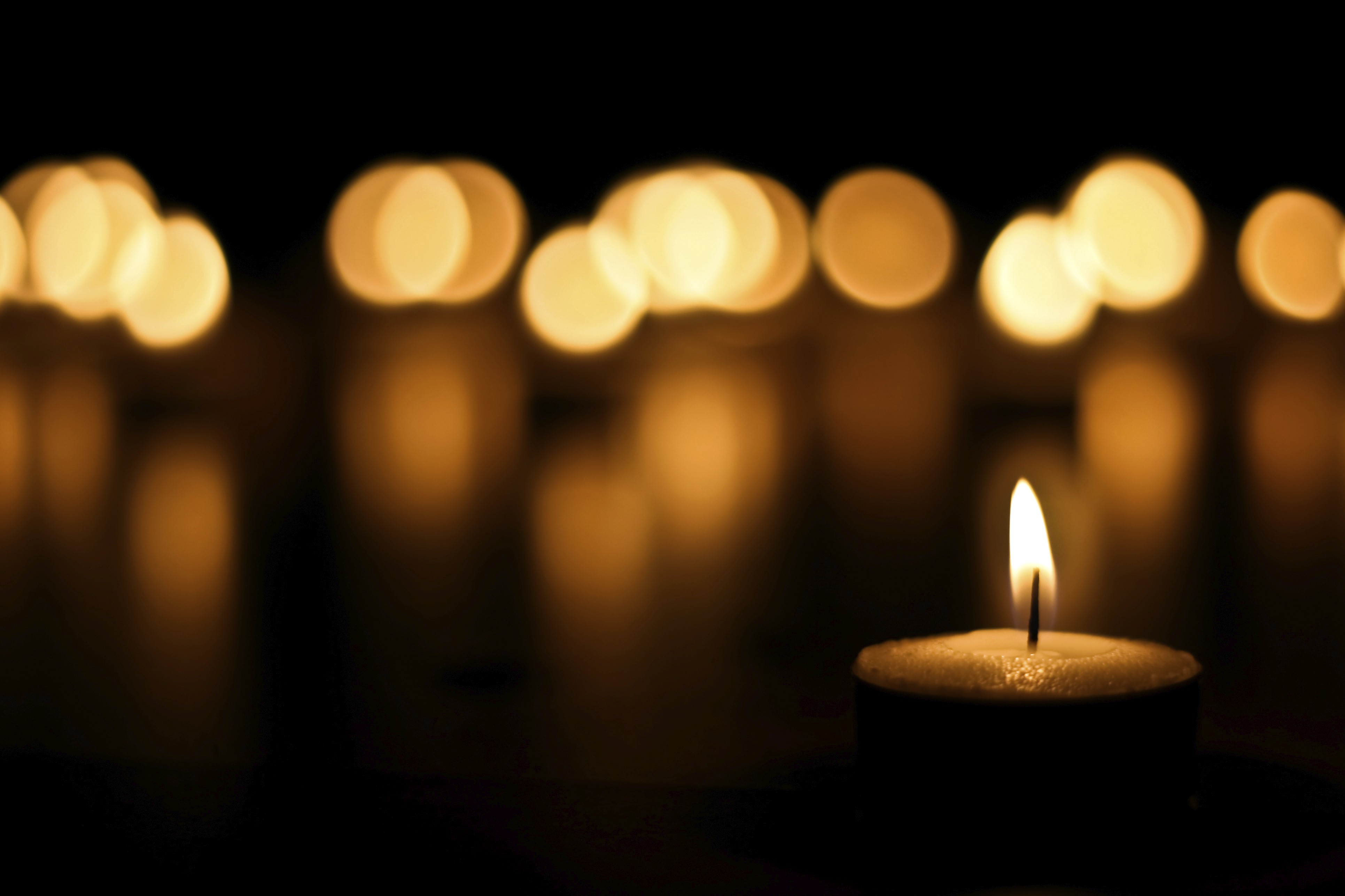
I received an email from a former student on Saturday. It was a surprise in more than one way. While I teach fifty new students per semester, only one or two per year will contact me after the class is over, usually to request a letter of recommendation. This student took my class almost a decade ago, and he had a different request.
“Is there a way for me to read your Say Quick novel?” he asked. “Your short descriptions sprinkled throughout various blog posts leave me with the impression of a work built around belief in light during our darkest moments,” and he went on to explain how the current situation with covid-19 has made that a pressing need in his life.
Read more

 I write this while sipping my daily mocha—a ritual I’ve come to love, even though I’d never even tasted coffee until I was 35. Now I walk my kids to school, come home, put water on to boil, measure grounds into the French press, and eventually sit at my desk basking in the quiet morning hours as I type, sip, type, sip, type. It’s bliss.
I write this while sipping my daily mocha—a ritual I’ve come to love, even though I’d never even tasted coffee until I was 35. Now I walk my kids to school, come home, put water on to boil, measure grounds into the French press, and eventually sit at my desk basking in the quiet morning hours as I type, sip, type, sip, type. It’s bliss.
